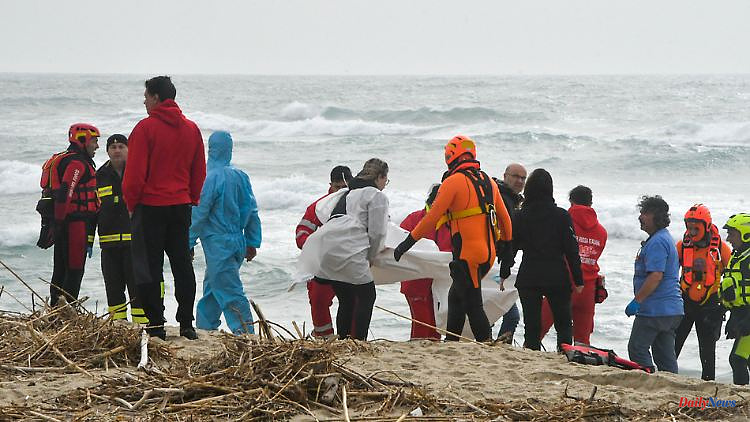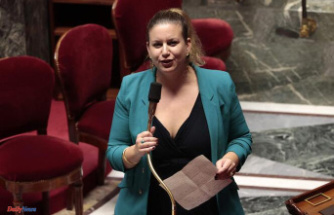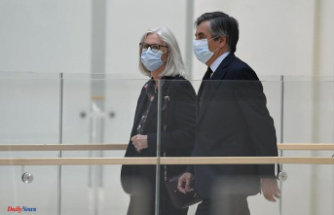More than 250 refugees want to reach the coast of southern Italy by sea. However, the boat cannot withstand the strong waves and crashes on the cliffs. At least 59 people are killed - including many children.
Shipwrecks in the surf, rescuers carrying a body away on the beach, survivors wrapped in blankets on the shore: photos show the extent of the boat accident in southern Italy. According to the Italian Coast Guard, at least 43 bodies have been found after their boat crashed into the cliffs in stormy seas in Steccato di Cutro in the province of Crotone in Calabria, just a few meters from the coast. As reported by the Italian news agency Ansa, citing the Crotone prefecture, the death toll rose to 59 by the afternoon. According to the coast guard, 80 people were rescued alive. It was said that some of them had reached the shore under their own power after the shipwreck.
The death toll could reportedly continue to rise because there may have been more people on board. Ansa reported that some of the survivors put the total number of people on board at at least 250, others at 180. The Coast Guard, however, wrote that there were "about 120 migrants" on board. According to Ansa, many women and children were among the victims, including an infant a few months old and twins a few years old. After praying the Angelus in St. Peter's Square in Rome, Pope Francis said he prayed for the victims, the missing and the survivors.
According to the newspaper "La Repubblica", the migrants came mainly from Iran, Pakistan and Afghanistan. Ansa reported the arrest of a smuggler believed to be a Turk. It is not yet known where the people set sail. According to Ansa, the accident boat was a fishing trawler, but the Italian financial police spoke of a wooden boat of the gulet type. This refers to a mostly two-masted motor glider. The Steccato di Cutro accident site is a seaside resort in the municipality of Cutro at the toe of the Italian boot.
Aid organizations were appalled. "It is humanely unacceptable and incomprehensible why we have to keep experiencing such avoidable tragedies. It's a punch in the stomach," wrote Sergio Di Dato, project manager at MSF on Twitter. While helpers are demanding legal ways of entry and more state sea rescue, the right-wing Italian government is trying to reduce the number of migrants as much as possible.
Prime Minister Giorgia Meloni was appalled by the accident. "It's criminal to send a boat that's barely 20 meters long, with no less than 200 people on board, out to sea when the weather forecast is bad," she wrote. Your government is trying to prevent such boats from leaving at all. She calls for maximum willingness to cooperate on the part of the countries of departure and origin.
EU Commission President Ursula von der Leyen was deeply saddened by the boat accident on Twitter and spoke of a tragedy in which innocent migrants died. She called on all those involved to make even more efforts to make progress in EU migration policy.
Every year, thousands of migrants try to cross the Mediterranean Sea to Italy and thus to Europe, often on unseaworthy boats. They mainly leave from Libya or Tunisia, but also from Greece or Turkey. According to a report by the International Organization for Migration (IOM), more than 25,000 people have died trying to get to Europe via the Mediterranean route since records began in 2014.
A decree by the Meloni government, which became law when it was passed by the Senate last week, makes the work of civilian sea rescuers considerably more difficult. So they now have to head for an Italian port after the first rescue operation instead of possibly carrying out several rescues. In addition, they are often assigned to ports that are far from the operational area in the central Mediterranean, which means that they are on the road for days. However, only a small proportion of the migrants come to Italy on rescue ships such as the "Ocean Viking" or the "Geo Barents". The majority reaches the Italian mainland and the islands without outside help.












